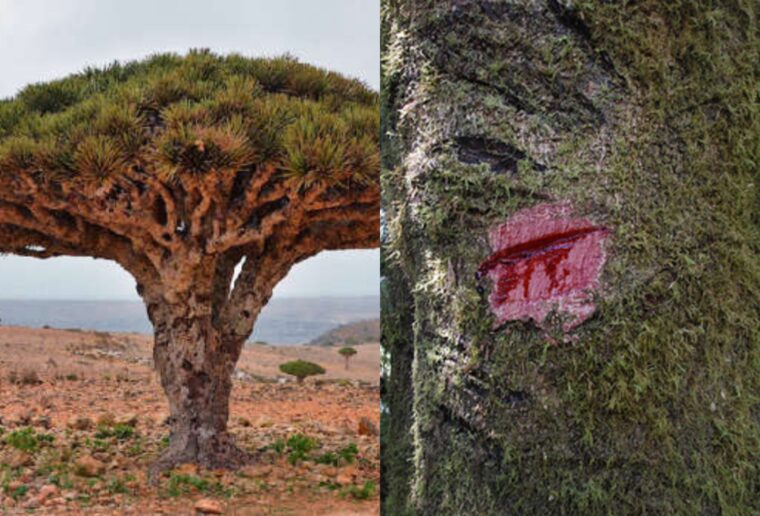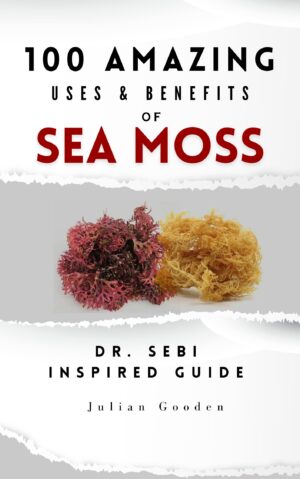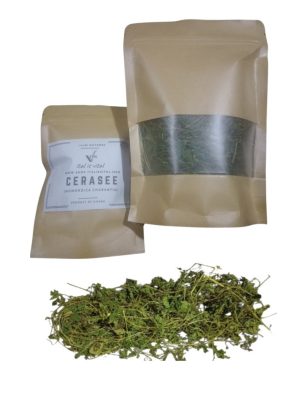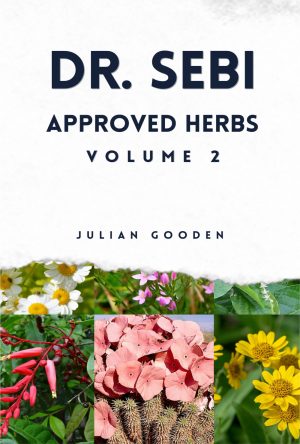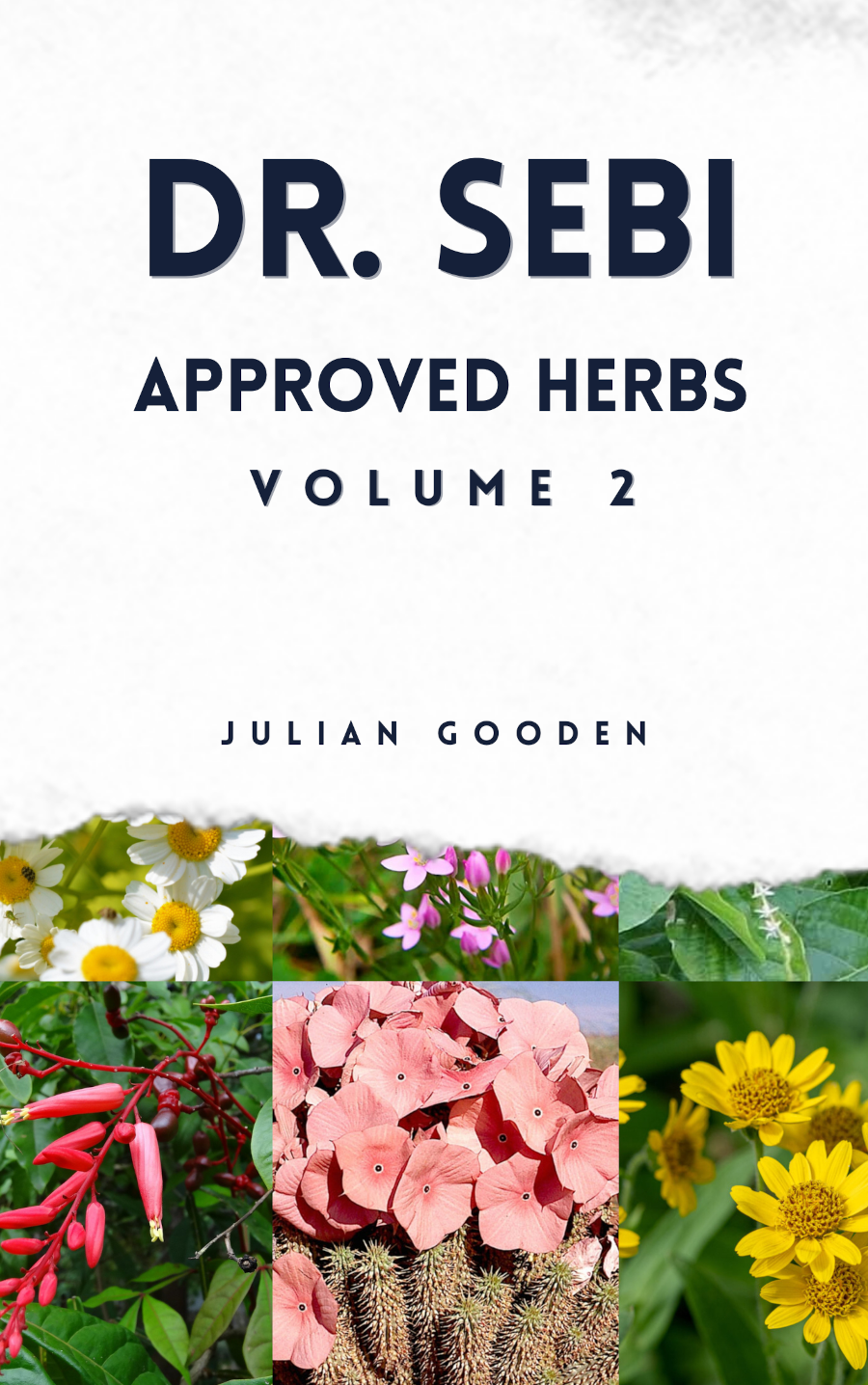Here is a detailed herbal profile of Drago, one of Dr. Sebi’s favorite herbs. This blends traditional knowledge, therapeutic actions, and its relevance in Dr. Sebi’s methodology.
“… you take also the therapy the internal therapy which is what the Pavana, the Cordoncillo Negro, the Ciprés yes my most favorite the Drago.”
Common Names:
Drago, Sangre de Drago, Dragon’s Blood, Sangre de Grado
Botanical Name:
Croton lechleri
Family:
Euphorbiaceae
Parts Used:
Resin (sap from the bark), sometimes bark and leaves
Introduction & Background
Known for its deep red sap that resembles blood, Drago, or Sangre de Drago, is a powerful Amazonian tree with a long-standing history in traditional South American medicine. The name literally translates to “Dragon’s Blood”, a nod to the dark red resin that flows when the bark is cut.
Dr. Sebi regarded Drago as one of his most favored herbs, listing it alongside Pavana, Ciprés, and Cordoncillo Negro as part of deep internal cleansing and therapeutic regimens. It was used in internal and external treatments, especially for chronic disorders where cellular regeneration and mucosal repair were required.
Energetic Profile
- Taste: Bitter, astringent
- Energetics: Cooling, drying
- Actions (Energetic & Physical): Sealing, purifying, contracting, blood-moving
In traditional healing systems, Drago is considered a wound-sealer, both physically and energetically. It’s used to “close open wounds” internally, including ulcers, leaky gut, and intestinal bleeding, as well as external wounds and skin issues.
Key Traditional Uses
1. Wound Healing & Skin Repair
Applied directly to wounds, ulcers, cuts, and bites, the red sap forms a protective barrier and accelerates tissue regeneration. It’s antimicrobial, anti-inflammatory, and promotes rapid skin cell turnover.
2. Gastrointestinal Support
Internally, the resin is used for:
- Stomach ulcers
- Leaky gut syndrome
- Intestinal inflammation
- Diarrhea (especially from pathogens)
- Colon cleansing
It forms a protective mucosal seal and is often used in detox protocols to repair damage caused by acidic and mucus-forming foods.
3. Anti-Parasitic & Antimicrobial
Drago has traditionally been used to treat:
- Internal parasites
- Fungal infections
- Bacterial overgrowth
- Infections
Its broad-spectrum antimicrobial activity makes it valuable during herbal detox regimens or as part of a gut microbiome reset.
4. Internal Bleeding and Tissue Regeneration
The herb’s tannin-rich composition helps contract tissues and stop internal bleeding, especially in the GI tract. It’s known to accelerate regeneration of intestinal lining and restore tone to weakened organs.
Constituents
- Proanthocyanidins (antioxidants)
- Taspine – promotes wound healing and regeneration
- Alkaloids and diterpenes – antimicrobial and anti-inflammatory compounds
- Lignans – with possible anti-microbiall activity
- Tannins – highly astringent compounds that seal and tone tissues
Dr. Sebi’s Application of Drago
Dr. Sebi didn’t just use Drago casually. He used it as part of deep internal cleansing therapies, especially, presuming for conditions involving:
- Chronic inflammation
- Blood impurities
- Compromised gut lining
- Skin disorders
- Mucus buildup
In combination with Pavana and Cordoncillo Negro, Drago helped purify the blood, cleanse the colon, and seal internal wounds, restoring the body’s electrical integrity.
“Yes, my most favorite—the Drago,” he once said during a lecture, underscoring its central place in his healing toolkit.
How It’s Used
- Internally (drops of resin in water or herbal decoction): Usually a few drops (5–10) of pure resin in water or tea, once or twice daily for a short period
- Externally (direct resin application): Applied to wounds, bites, or ulcers
- In formulas: Often combined with cleansing and mineralizing herbs like cascara sagrada, chaparral, or burdock root in compound herbal tonics
Always ensure the source is wild-harvested, uncontaminated, and not diluted with synthetic resins.
Precautions
- Not for long-term daily use without professional guidance
- The astringent effect may be too strong for very sensitive individuals
- Pregnant or breastfeeding individuals should consult an experienced herbalist
- May interfere with absorption of medications if taken simultaneously
Summary of Actions
Seals tissues, reduces bleeding
| Action | Use |
|---|---|
| Astringent | Seals tissues, reduces bleeding |
| Antibacterial | Fights gut and skin infections |
| Antiviral | Used traditionally for viral conditions |
| Anti-inflammatory | Soothes inflamed mucosa and wounds |
| Vulnerary (wound healing) | Accelerates skin and gut lining repair |
| Detoxifier | Helps cleanse the blood and colon |
Final Word
Drago is not just a powerful Amazonian remedy—it is a sacred healer in Dr. Sebi’s natural system. It represents the kind of herb that works on the body’s root systems, supporting deep healing from within.
By sealing, cleansing, and regenerating, Drago helps restore order, structure, and balance in the body—qualities that are vital in reversing disease and maintaining true vitality.


